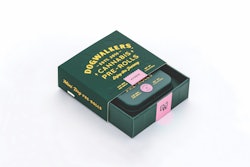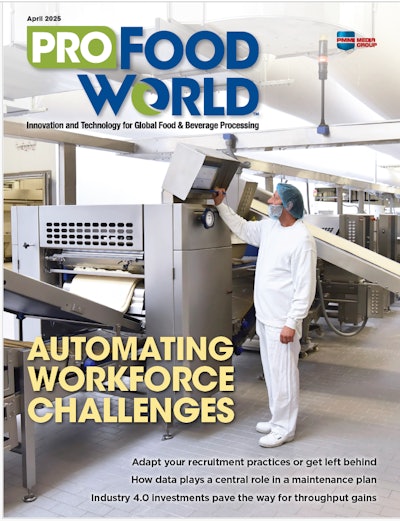A new research study, “Powering the Future of Retail,” from information standards organization GS1 US has revealed that 82% of retailers and 92% of brand owners support transitioning from the UPC code to a data-rich 2D barcode (e.g., QR code, GS1 datamatrix), a digital watermark, and/or an RFID tag in the next one to five years. The study recognizes that an advanced data carrier is needed to evolve retail and provide consumers with detailed product information and transparency. Similarly, the study notes, retail trading partners will benefit from robust supply chain data. The next-generation barcode(s) to be chosen by industry will embed more information on product packaging and continue to leverage the GS1 Global Trade Item Number (GTIN) standard—the number encoded in the UPC that uniquely identifies a product at checkout.
Additionally, the research showed that while an estimated 68.5% of retailers use laser scanners incapable of reading a 2D barcode, 84% are evaluating or plan to migrate to advanced optical point-of-sale (POS) scanning technology. Also, 60% of tier 1 retailers ($1B+ revenue) are prioritizing updating their entire POS infrastructure in the next 18 to 24 months due to omni-channel commerce and mobile POS requirements.
See these related stories on Packaging World:
“Live from AIPIA: QR Code Accesses Baby Formula’s ‘Grass-to-Glass’ Journey”
“OZNaturals Selects Systech Brand Protection Suite to Secure Products”
“Case and Pallet Packaging Under A Serialization Mandate”
“Smart Pack Invites Consumers to View Value Chain”
“Hershey leads SmartLabel initiative”
“Consumer expectations for rich, quality information have risen since smartphones became essential shopping tools,” says Bob Carpenter, President and CEO, GS1 US. “Some retailers and brand owners have already begun addressing this need by implementing data-rich carrier solutions, often alongside the UPC, for fresh, prepared, and packaged foods to provide consumer engagement via SmartLabel and to better manage supply chain efficiencies. Now is the time for all retail stakeholders to align on a limited number of data-rich carriers that give consumers information about the products they buy and additional data that can be leveraged by the supply chain. The research underscores the desire for standards across various data carriers that promote choice for industry and offer greater functionality beyond the basic price look-up function of the UPC.”
The multi-phased study was conducted in collaboration with VDC Research over the course of two years (2018-2019). It concluded that in addition to improving the consumer experience, other motivators for migrating to a data-rich barcode and upgrading POS systems include improved inventory accuracy; product authenticity (to minimize the spread of counterfeit goods); traceability and recall management; freshness and waste prevention (via expiration dates); and returns management.
“The U.P.C. has served the industry well for more than 45 years. However, consumer and retailer demands for expanded product information require us to evolve our capabilities to support the emerging needs of modern commerce,” says John Phillips, Senior Vice President, Customer Supply Chain and Go-to-Market, PepsiCo. “Leveraging data-rich carriers will unlock a host of significant benefits for the consumer products industry and ultimately our multichannel customers, including enabling better consumer engagement opportunities.”
Barriers to change cited in the report included cost, disruption to products and packaging, and a lack of capital investment and IT staff required for technical infrastructure changes (e.g., updating legacy backend systems). It also revealed that readiness will vary based on industry priorities, ability to leverage the data, and a company’s technology modernization plans. During the transition, brands and retailers will need a flexible architecture that supports dual barcoding, a practice already in use today for some products leveraging 2D carriers. Following the change, industry will determine if the UPC barcode remains or if full migration to a sole, data-rich carrier is adopted. Provided GS1 Standards are used for the data structure in the 2D barcode, digital watermark, and/or RFID as well as the UPC, products will continue to be accepted at POS during the transition period and beyond.























